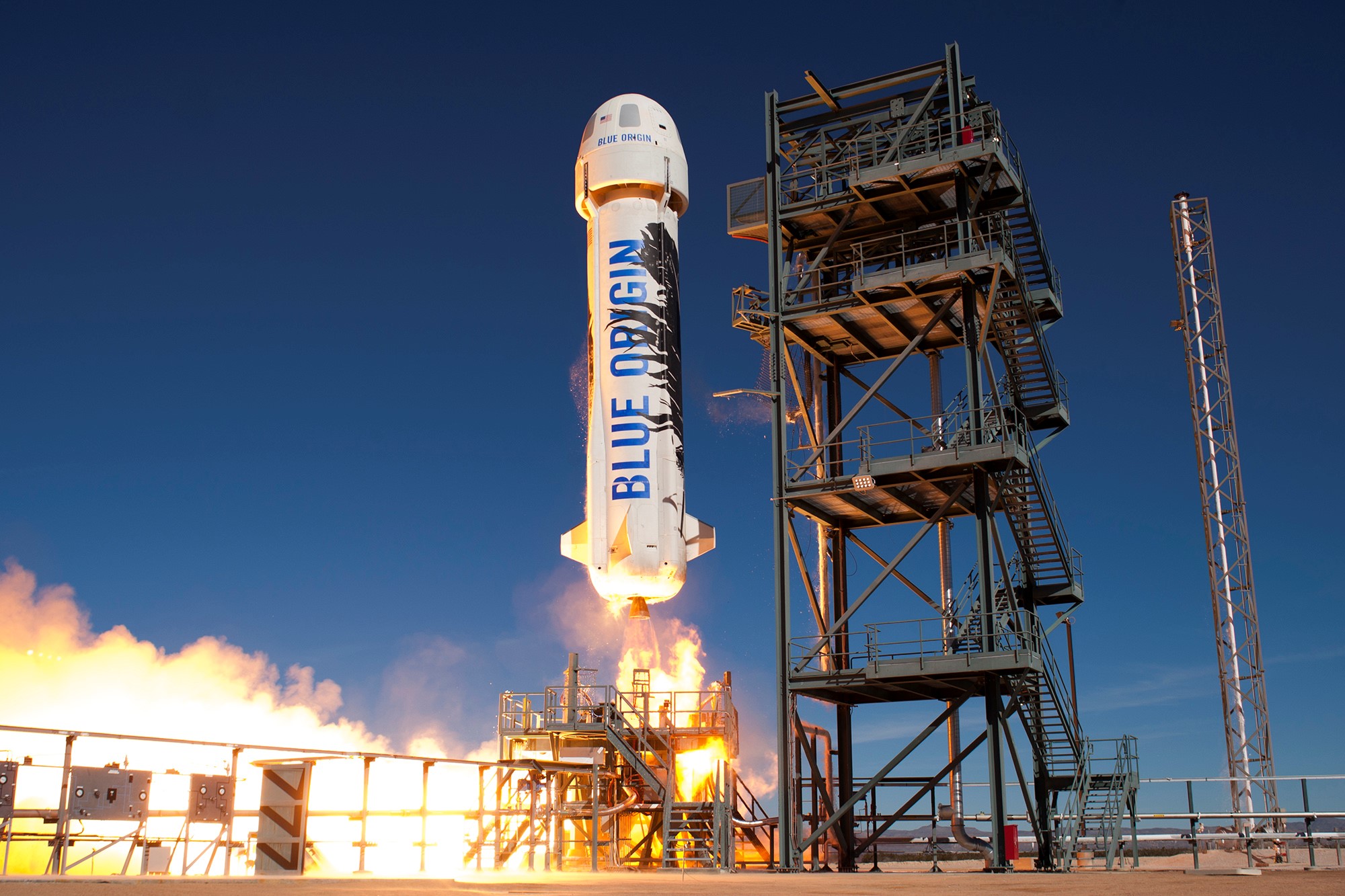
Fun news on one space competitor competing and one non-competitor lollygagging.
1/23 – Instapundit and Behind the Black – Blue Origin reflies and lands New Shepard again – Blue Origin successfully recovered a booster last November. They have now successfully relaunched the booster and again recovered it.
A reused booster. Extremely cool.
As BtB says, the competition heats up…
Check out the video, Launch. Land. Repeat. January 22, 2016:
[youtube=https://youtu.be/74tyedGkoUc]
(Video courtesy of Blue Origin.)
In the opening frame of the video above, it is noticeable to me that it landed something in the range of 10 or 15 feet from dead center.
This is a feature, not a bug.
Discussion at Behind the Black blog explains Blue Origin changed the programming so the booster doesn’t try to adjust in the last few seconds to hit dead center. It aims there, but if wind or some minor fluctuation pops up, the booster allows for the small ‘miss’.
Analogy is a pilot who aims to land dead center of the runway. If moments before touchdown the pilot realizes the plane is off a few feet one way or the other, that is fine. That is still within the safe range by 10 or 30 feet. The pilot doesn’t make a strong corrective move just to land dead center. Likewise with the New Shepard booster – if it is off a few feet that’s okay. Blue Origin says that increases reliability.
And then there are the non-competitors…
1/22 – Behind the Black – Orion: construction in slow-motion – I did not realize NASA was working at such a lethargic pace on developing their new Orion capsule which will go on top of their SLS launch vehicle.
The post quotes an article that says NASA spent three months to place seven welds. I’m not sure, but that comment may be tongue-in-check. What is clear is that NASA will take two years to outfit the capsule for launch.
The budget for the Orion project is $1B a year with total construction costs of $17B by the time four capsules are built. That is $4.5B per capsule. That is 20 years to build 4 capsules (project proposed in 2004; fourth delivery in 2023). Those costs don’t include the SLS lift vehicle or operational costs of the launches.
Article provides a devastating comparison. For half that much money the private sector will produce lots of launches, both cargo and manned, and all models from four competitors will be flying by 2019. Many Dragon and Cygnus capsules have already gone into space.
Hmmm. I wonder if one of the private competitors will be mining asteroids by the time NASA launches their fourth Orion capsule.